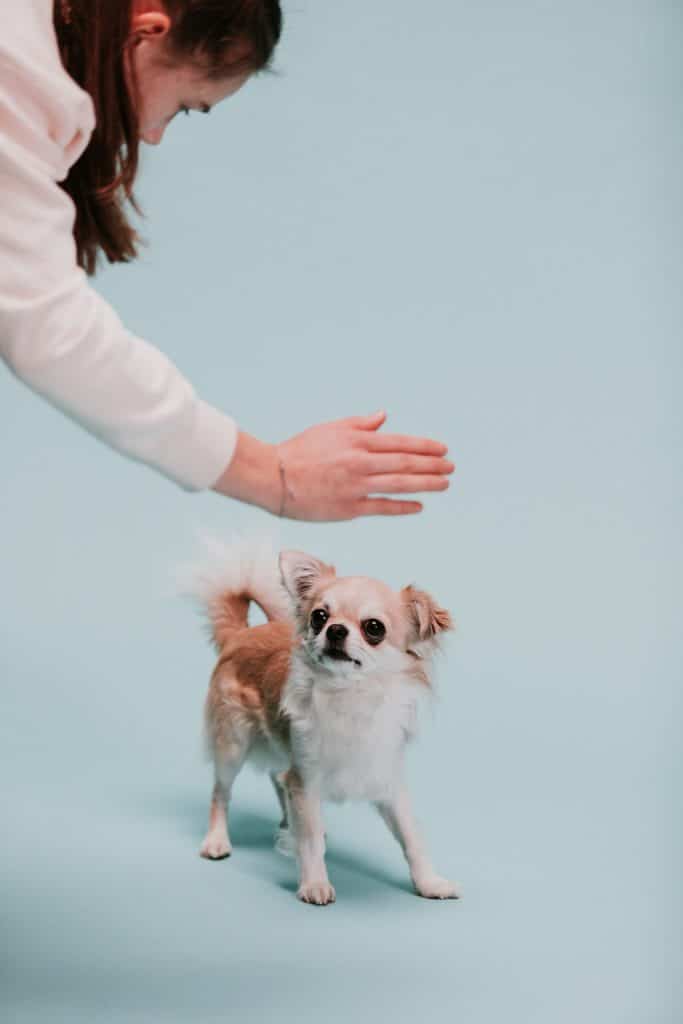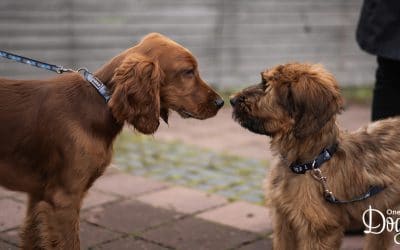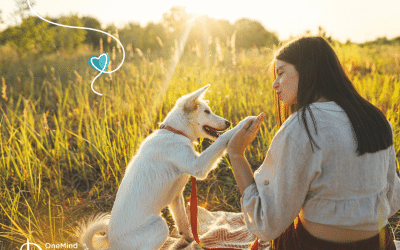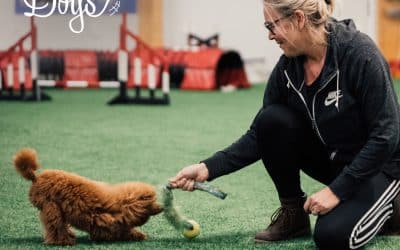You know the drill – children have been doing all they can to get a puppy: begging, pleading, extortion, writing to Santa Claus. They do have a point: there are several known benefits for having a dog in a family with children!
Then the furry family member finally arrives at its new home and you are all excited to start training her. But is there something you should take into consideration when children are training puppies? Well, yes! Keep on reading.
Rule number 1: there is always an adult around
Although it’s lovely when children and puppies are entertaining each other, and it might seem like a perfect moment for you to chill out a bit, make sure you or some other adult is following their training and playing all the time. Explain to your children how the puppy sees the world, so it’s easier for them to understand how to behave towards the puppy. Children are fast learners with deep love for their puppy, so they will get the idea quickly.
Make sure that everyone is safe
When your children are getting to know the puppy and vice versa, it may not be clear what kind of play is safe for both parties. After all, puppies love to play with their human siblings! So make sure that
- The puppy is not encouraged to use its teeth in a play – teeth get bigger and jaws stronger with age!
- Toys that are used are big enough so the puppy doesn’t swallow them
- Throwing toys or sticks may not be the best way to play – they might overexcite the puppy and can get stuck in their throat

Keep calm and build trust with your puppy
For puppies, everything and everyone is a bit scary at first. So make sure that your children let the puppy come to them, not the other way around! Remind your children that
- Children shouldn’t run towards the puppy
- Screaming and throwing children’s toys might be really scary for puppies
- Reaching out to puppy top-down is intimidating for dogs of all ages. Put your hands down and let the puppy come and sniff you, maybe even give a treat and only then slowly pet the puppy if the puppy is comfortable. For smaller puppies, crouch down rather than bending over them.
- Don’t allow the puppy to chase the children when they run, this can lead to nipping and herding behaviors in some dog
- Watch the puppy’s reactions during any interaction with your children, some puppies aren’t comfortable being picked up or hugged for example. Watch for any signs of discomfort and stop the interaction straight away while explaining to your child why the puppy might not be comfortable with that sort of handling yet.
Are you still a bit unsure how to combine children with puppy training? Join our exclusive online puppy training group!
OneMind Dogs office dog pack has a new member: Spider the Sausage Dog puppy! And he really wants to train with you. He will be trained by OneMind Dogs CEO Noora with her two young boys. You will get useful tips and videos and a positive environment to discuss with other OneMind Dogs Puppy Premium members about puppy training.
Already got a Puppy Premium subscription? Check your inbox for an invitation!
Need your premium subscription? Sign up here:



